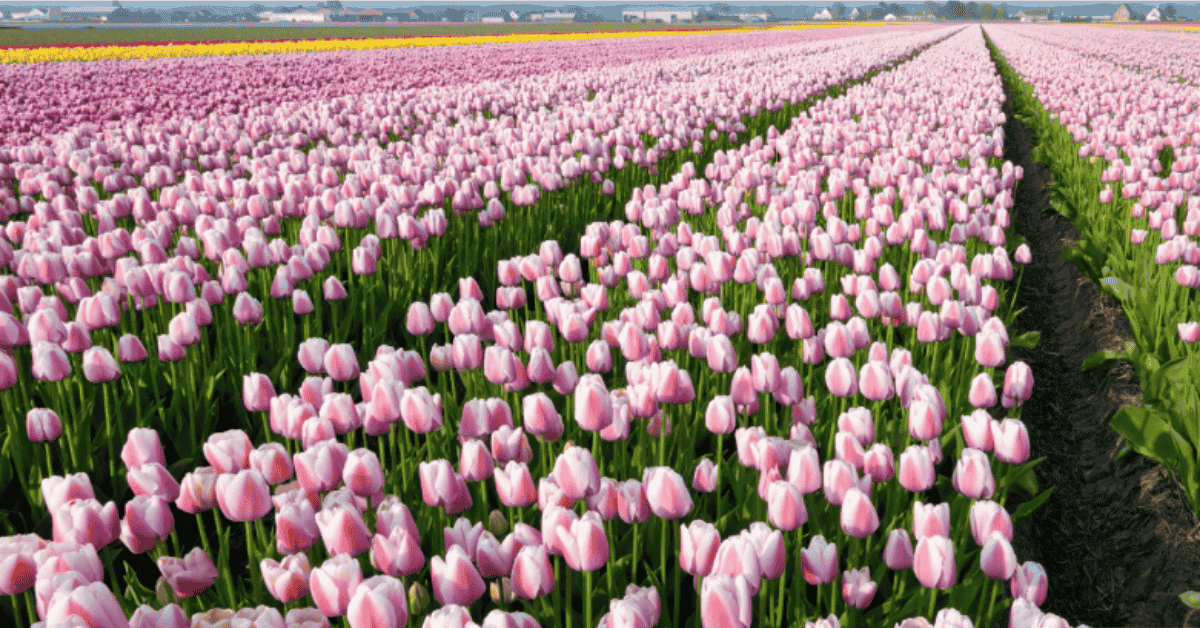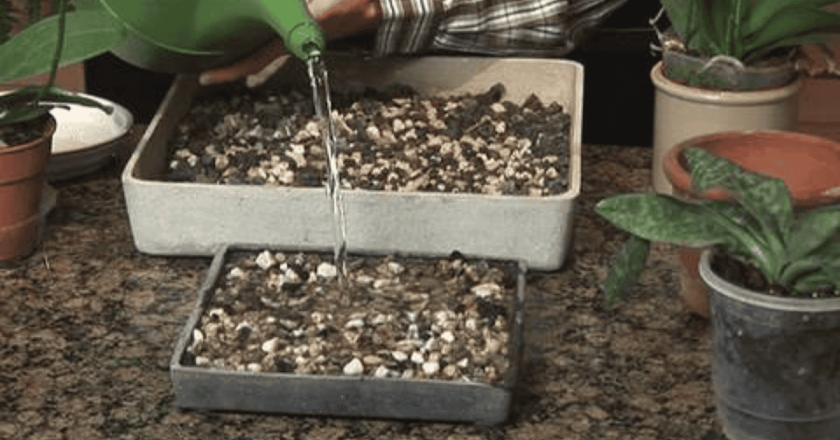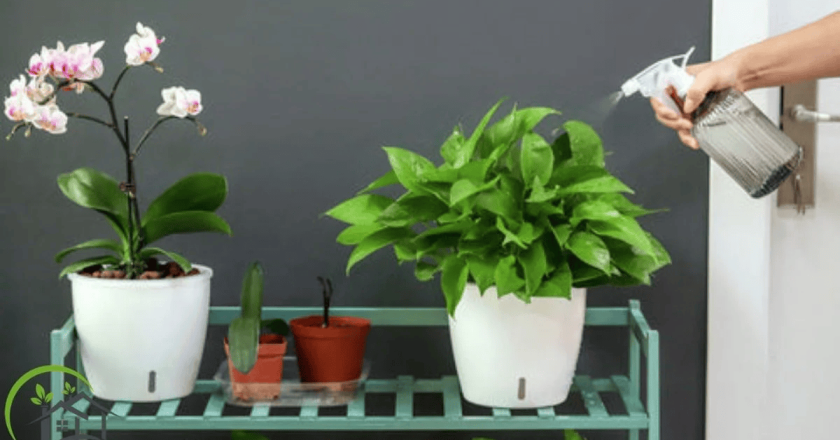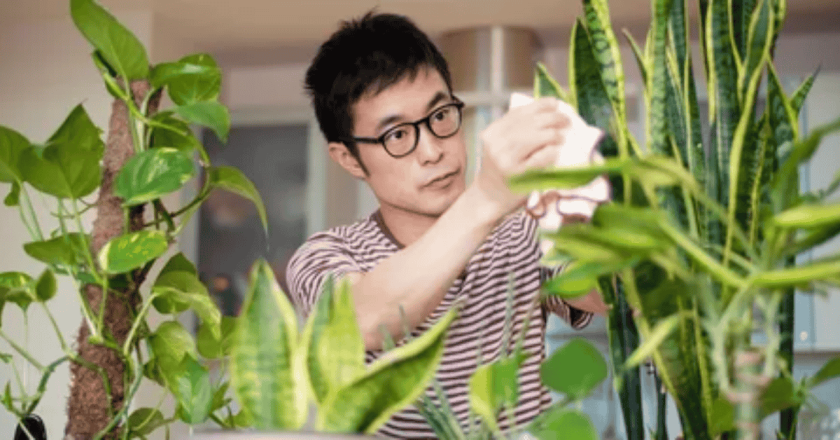There’s something oddly magical about the idea of eating flowers. For most of us, flowers are decorations, centerpieces, gifts—things to admire but not touch. Yet, tucked into the folds of gardening history is the quiet fact that many blooms are not just beautiful but edible. And not only edible, they’re delicious, fragrant, sometimes peppery, sometimes sweet, occasionally surprising. The thought of growing them in your own garden, where you can step outside, snip a blossom, and drop it into a salad or garnish a drink, feels like a small luxury—maybe even a secret most people haven’t yet discovered.
This season, if you’re looking to add both beauty and practicality to your outdoor space, you might want to try planting edible flowers. They don’t just brighten your beds; they give you flavors, colors, and textures you won’t find at the supermarket. Some, admittedly, are a little more common (like marigolds), while others feel exotic and daring. But all of them invite curiosity.
And honestly, isn’t that what a good garden does—makes you curious? You plant, you experiment, you wait, and sometimes you’re rewarded with something you didn’t even know you wanted. That’s how I felt the first time I grew nasturtiums. I thought they’d just be decorative, but then I tasted one—bright, peppery, almost radish-like. Suddenly, I was hooked.
In this article, we’ll explore the best edible flowers to grow in your outdoor garden this season, how to use them, and a few cautions so you don’t wander into the wrong territory. Because yes, some flowers are definitely not edible. But more on that later.
Why Grow Edible Flowers?
There are, I think, two main reasons people start growing edible garden flowers: aesthetics and flavor. But there’s a third reason that sneaks up on you—connection. Flowers have always been symbols, but when you can actually eat them, when they literally become part of you, the relationship feels different.
Let’s take a quick look at why you might want to grow them:
- They elevate meals. Even the simplest salad looks intentional when scattered with purple violets or yellow calendula petals.
- They invite creativity. You might suddenly start baking lavender cookies or infusing rose water into lemonade.
- They’re conversation starters. Imagine serving guests pasta sprinkled with bright nasturtium blossoms. People will talk about it.
- They attract pollinators. Many edible flowers attract bees and butterflies, which in turn help the rest of your garden thrive.
So, yes, you get beauty, you get flavor, and you get a healthier garden overall. That feels like a win-win-win.
The Golden Rule: Not Every Flower Is Edible
Here’s the pause moment. While we’re talking about the joy of growing edible flowers, I should stress: not every flower is safe to eat. In fact, some are downright toxic. Foxglove, oleander, hydrangea—they might be stunning, but they do not belong on your dinner plate.
When in doubt, research. And not just “internet hearsay research,” but credible gardening sources. A good practice: stick to flowers that are widely recognized as safe, avoid florist flowers (they’re often treated with chemicals), and grow your own whenever possible. That way, you know exactly what’s gone into them.
If you’re interested in safe indoor plants, you can also check guides like the peace lily care guide or even snake plant care. But for now, we’re focused on outdoor gardens.
Best Edible Flowers to Grow in Your Outdoor Garden
Let’s move into the fun part. There are dozens of edible flowers to grow, but some stand out as easy, reliable, and versatile. Below is a list of favorites, along with some thoughts on how to use them.
1. Nasturtiums
Bright, bold, and slightly peppery. They’re easy to grow and basically thrive on neglect. Both the flowers and the round leaves are edible, making them a two-for-one plant. Toss the blossoms in salads or use them to top pasta dishes. The leaves? They work like watercress.
2. Calendula (Pot Marigold)
Calendula petals add a saffron-like hue to dishes, though the flavor is more earthy than spicy. They’ve been used medicinally for centuries, but in the kitchen, they shine when sprinkled over rice or mixed into soups.
3. Pansies and Violas
Delicate, colorful, almost candy-like in appearance. They’re mild in taste but stunning as decoration on cakes or cocktails. If you’ve ever seen a flower pressed into ice cubes, chances are it was a viola.
4. Borage
Star-shaped blue flowers that taste faintly of cucumber. Honestly, they feel almost whimsical, like something from a fairy-tale garden. Try them in summer drinks or freeze them into ice.
5. Lavender
Not everyone loves lavender’s floral intensity, but in moderation, it’s delightful. Add it to sugar, use it in shortbread, or steep it in teas. The key is restraint—too much and it tastes like soap.
6. Roses
Yes, roses. The petals are edible, with flavors that range from sweet to slightly spicy depending on variety and color. They’re often candied or infused into syrups.
7. Chamomile
Best known for tea, chamomile’s tiny daisy-like flowers are calming both visually and taste-wise. You can dry them for tea blends or scatter fresh blossoms over desserts.
8. Chive Blossoms
Purple pom-poms that carry a mild onion flavor. They’re perfect for adding punch to salads, spreads, or vinegar infusions.
9. Sunflowers
Beyond seeds, sunflower petals can be eaten too. They’re slightly bitter but striking as garnish. The unopened buds can even be steamed like artichokes.
10. Hibiscus
Tart, cranberry-like flavor, especially popular in teas. Hibiscus petals can also be used in jams or syrups. Their deep red hue is dramatic in drinks.
These are just the basics, but honestly, the list goes on. Dandelions, daylilies, cornflowers, even squash blossoms—they all have their place in the edible flower lineup.
Tips for Growing Edible Flowers
Planting outdoor garden edible flowers isn’t so different from growing vegetables or herbs, but there are a few things worth keeping in mind.
- Choose organic practices. Skip chemical pesticides. If you’re going to eat the petals, you don’t want toxins on them.
- Pick at the right time. Flowers taste best when freshly opened. Older blooms can turn bitter.
- Harvest carefully. Snip with clean scissors and use them quickly—most edible flowers are delicate.
- Pair them with purpose. Some flowers, like nasturtiums, are almost spicy. Others, like violets, are more sweet. Think about where they fit in your meals.
If you’re balancing flowers with low-maintenance greenery, you might enjoy exploring resources like the best low-maintenance outdoor plants guide. It’s always nice to mix ease with experimentation.
Cooking with Edible Flowers
The kitchen is where the magic happens. But it’s easy to overdo it. A few petals can transform a dish, while too many can overwhelm it. My first attempt at lavender shortbread taught me that—one teaspoon too many, and the cookies tasted like soap.
Here are some gentle guidelines:
- Garnish lightly. Scatter petals over salads, soups, or desserts.
- Infuse flavors. Steep flowers in vinegar, oil, or syrup for subtle floral notes.
- Experiment with baking. Incorporate petals into cookies, breads, or cakes.
- Freeze them. Flowers in ice cubes add elegance to drinks.
For inspiration, think of edible flowers as spices—you wouldn’t pour half a jar of cinnamon into a cake, right? The same rule applies here: less is often more.
Safety Reminders
Let me circle back here, because it’s worth repeating: not all flowers are edible. Stick to tried-and-true lists. Avoid roadside flowers (pollutants) and florist bouquets (pesticides). If you’re unsure, skip it.
If your curiosity extends indoors, you might like the 33 best plants for your bathroom or even oversized indoor plants. But outdoors—where edible flowers thrive—is where you’ll get the best harvest.
Key Takeaways
-
Edible flowers add both beauty and unique flavors to outdoor gardens, making meals more creative and visually stunning.
-
Not every flower is safe to eat—stick to trusted varieties like nasturtiums, calendula, and pansies.
-
Many edible garden flowers also attract pollinators, boosting the health of your entire garden.
-
Harvest flowers when freshly opened for the best flavor, and always grow them organically to avoid chemicals.
-
Cooking with flowers works best in moderation—think garnish, infusions, or subtle additions, rather than overwhelming flavors.
Final Thoughts
Gardening has always been about more than food. It’s about discovery, patience, sometimes failure, and often joy. Growing edible flowers is a way to merge the ornamental with the practical. They remind us that beauty and utility don’t have to be separate—that sometimes the prettiest thing on the table is also the tastiest.
This season, perhaps give it a try. Plant nasturtiums along the edge of your vegetable bed, tuck calendula between your tomatoes, or scatter pansies in a pot near the doorway. You might find yourself surprised, delighted even, by the flavors waiting in your own backyard.
And if you’re still in doubt? Just imagine serving a salad, bright with blossoms, and watching someone’s face light up. That, I think, is reason enough to grow them.
Internal Resources You Might Enjoy
- Care tips for Christmas Cactus
- Care for a Money Tree
- Best Plants for Your Bathroom
- Snake Plant Care Guide
- Peace Lily Care Guide
- Best Low-Maintenance Outdoor Plants
- Best Office Plants
- Low-Maintenance Plants That Thrive
- Oversized Indoor Plants
FAQs
Q1: What are the best edible flowers to grow for beginners?
A1: Nasturtiums, calendula, and pansies are some of the easiest and most rewarding edible flowers for beginners.
Q2: Can I eat any flower from my garden?
A2: No. Not all flowers are edible—some can be toxic. Always research and stick to widely recognized edible garden flowers.
Q3: Do edible flowers taste good, or are they just for decoration?
A3: Many taste wonderful! Nasturtiums are peppery, borage tastes like cucumber, and roses can be sweet or spicy.
Q4: How do I use edible flowers in cooking?
A4: You can garnish salads, freeze them in ice cubes, bake them into desserts, or infuse oils, teas, and syrups with them.
Q5: Are florist flowers safe to eat?
A5: Generally, no. Florist flowers are often treated with pesticides. Always grow your own or buy certified edible flowers.




